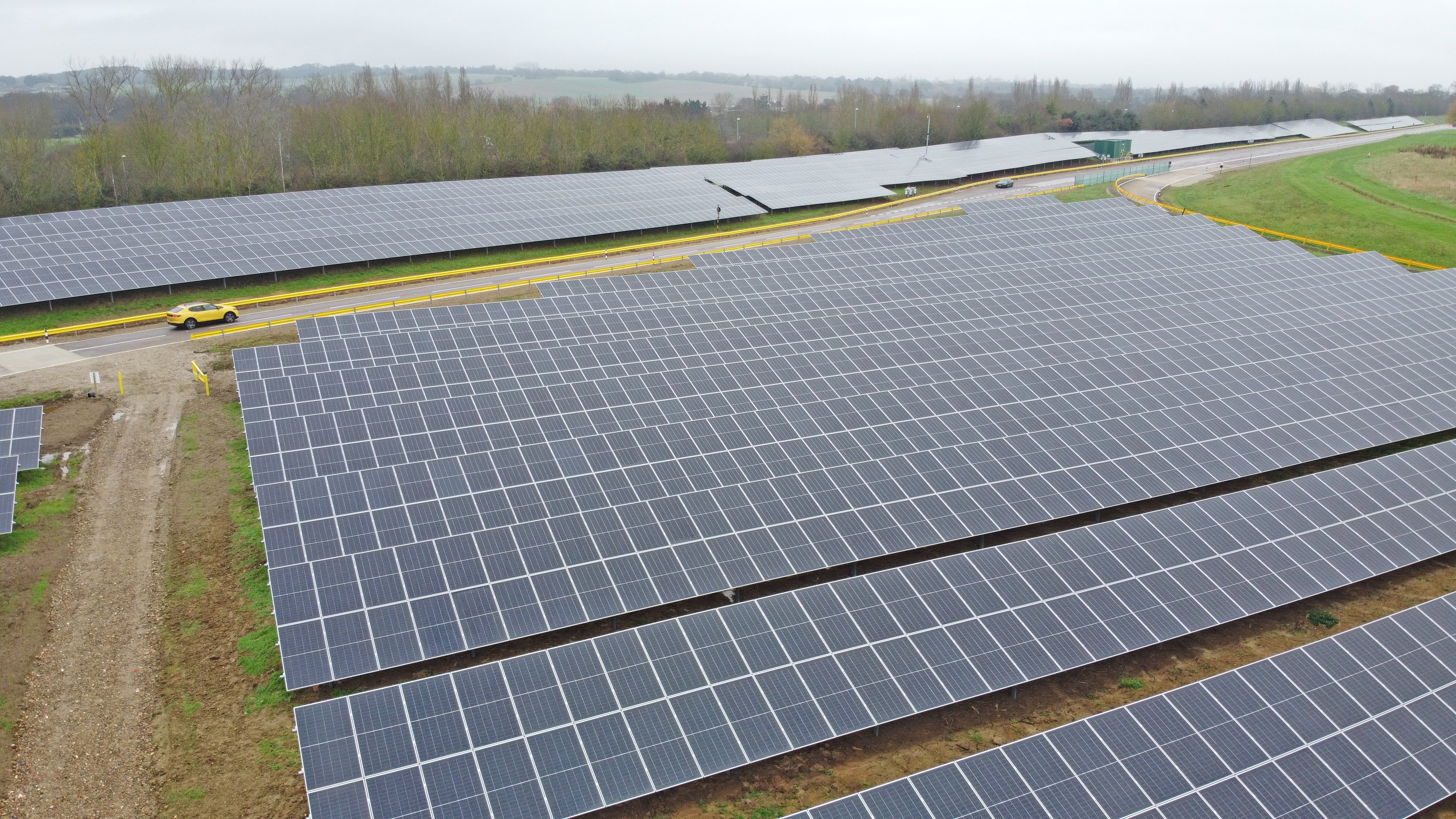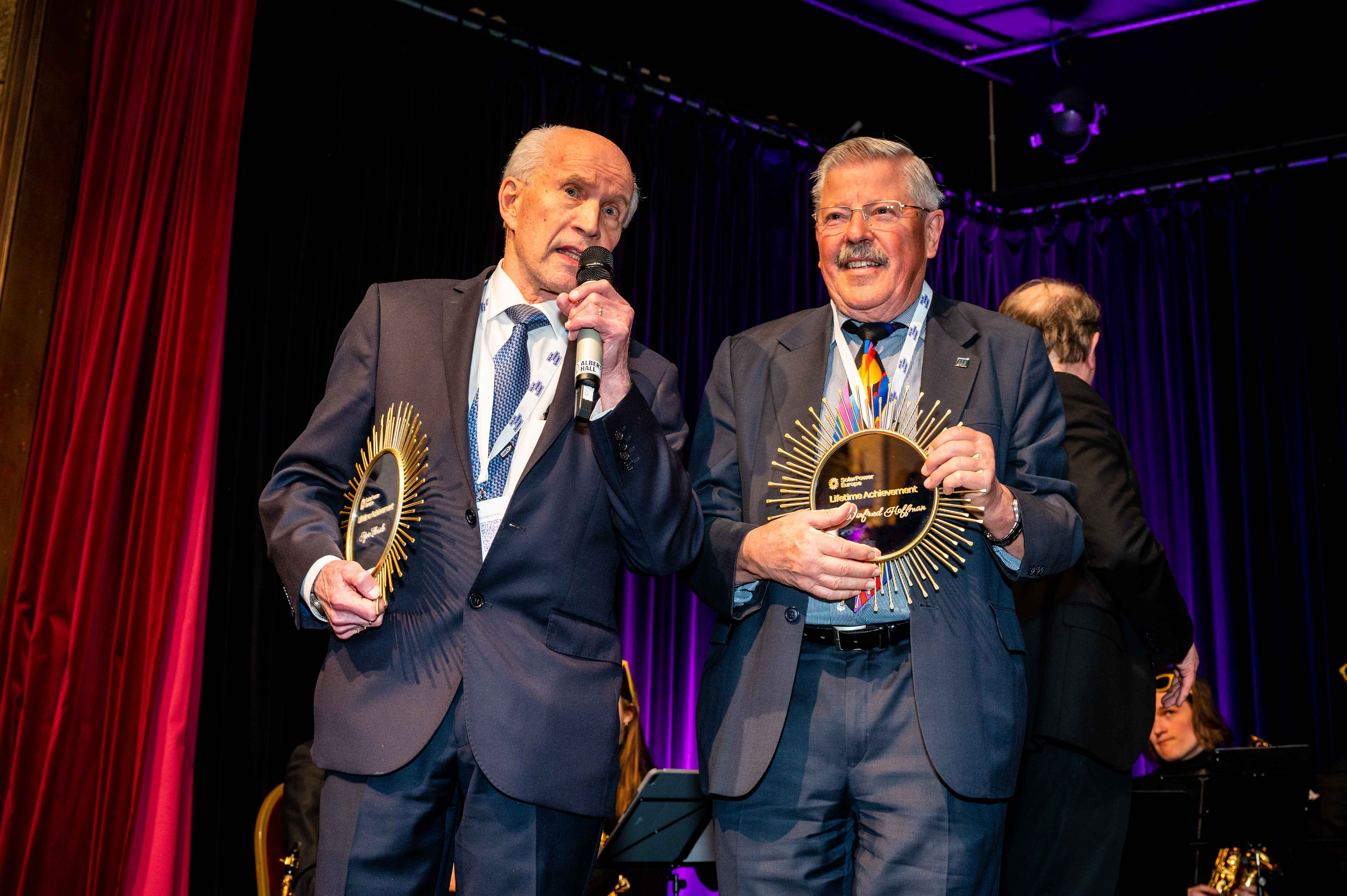Digitization and IoT are changing the world. The solar energy industry is no exception to this. Read more on the six reasons why a Smart Solar system with the help of digitization and IoT is a good choice.
In a traditional system the panels are connected in series, which work according to the weakest link. If a panel becomes shaded or defective, it will affect the production of the entire series. In an intelligent system, individual panels work at their optimal range all the time. In the best case, this means a return of up to 10-15%.
By collecting data from each panel activity, you can see in real time how the system components are performing. In case of problems, the defective part will be ignored and you will be notified. You don't need to go up your roof with an electricity meter to detect the fault; this can be done easily from the office.
If you invest five or six figures on your roof, it is fair to see how your “power plant” works. The panels normally function for about 25 years and offer an 80% power guarantee. With panel-level tracking, you can reassure yourself - or the buyer of your property in a transaction - that your system is performing exactly as it should.
When data is collected at the panel level, the operation of the panels can also be checked. In case of problems, power supply can be disconnected from the panel. The roof voltage can be quickly lowered to a safe level. For example, this will improve the safety of fire brigades and roofers and protect your property. Read more in this blog.
The intelligent system mounts (racks) are lightweight and are mounted according to the shape of the roof. Lightweight racks provide a free flow of rainwater. There are no holes for fixings in the roof and usually only about 15-20 kg extra weight is added per installed square meter.
A Smart Solar system has an open software interface. The solar energy utility is easy to integrate to work with real estate automation, energy management applications or narrow casting software.



